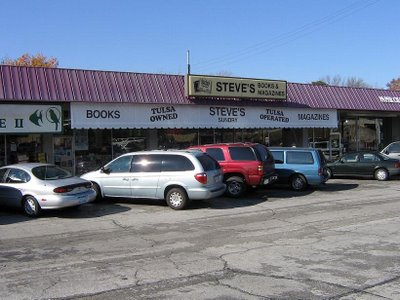
FINDING COMMUNITY AT UMBERTO'S PIZZA
I am not from Tulsa.
I need to say that because it conditions my response to this assignment. I am from St. Louis, where there are over 50 neighborhoods and I have a vague idea where about half of them are.
But drop me in T-Town and tell me to find a neighborhood, and I will stare at you wide-eyed and terrified. So when I found out I had to write about a local community, I went to a friend of mine who was raised here.
He told me to go to Umberto’s Pizzeria, on 21st Street just west of Harvard. He promised that I would find a full cast of interesting characters.
I initially found this statement to be flagrantly false. My friends and I were the only people in the restaurant.
So there I was, alone in a pizzeria and in serious need of some sort of community environment. After just a few minutes, though, it became obvious that there is a strong community in Umberto’s. But it isn’t in the restaurant proper—it’s in the large, open kitchen.
The workers of Umberto’s are a neighborhood unto themselves. While I was there, they were speaking Spanish to each other, their cheerful dialogue punctuated with bursts of uproarious laughter.
When Juan, the manager, tells me his favorite part of his job, he pitches his voice to be heard by the rest of the employees and says, “Telling them what to do.”
The other workers all laugh and call out flippant responses, and Juan laughs as though he had orchestrated the whole exchange. There’s something very familial in the way they all seem to know exactly what to say to get a rise out of the others, and the way they grin a little when they’ve finished saying something they know will get a laugh.
Umberto’s Pizzeria is not exactly what I was looking for when I set out to write this story. I was thinking more along the lines of a “where everybody knows your name” place.
But, really, a neighborhood feeling has nothing to do with how crowded a place is. It comes from the interactions of the people, the “cast of characters,” as my friend would say. And Umberto’s has characters that are truly worthy of applause.
--Laura Hermann

